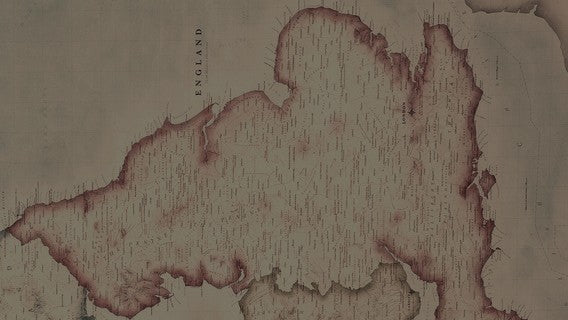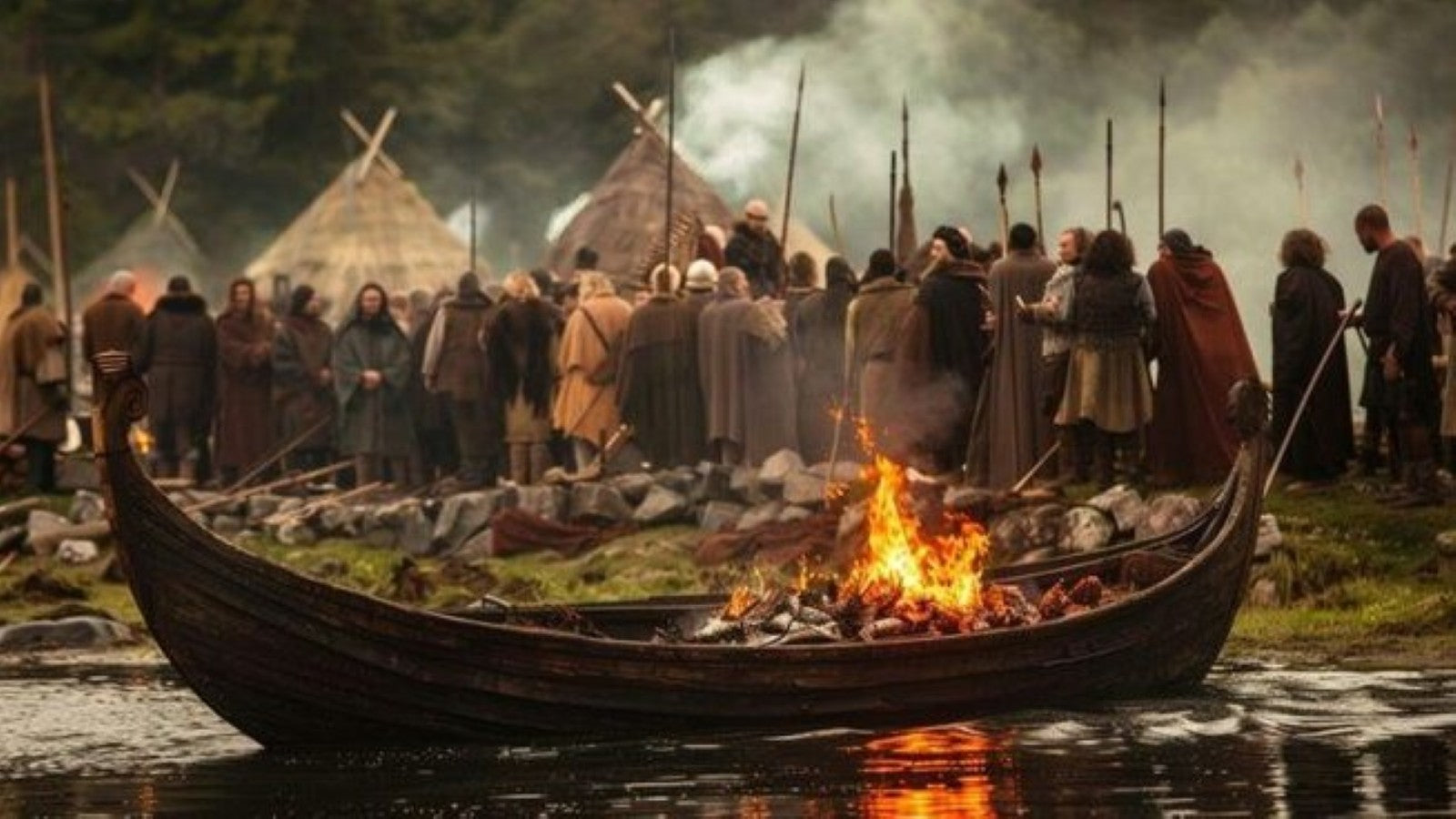
England Before the Vikings: A Land of Kings and Chaos
Before the Viking ships appeared on England's shores, the land was a patchwork of kingdoms, each vying for dominance. This period, known as the Anglo-Saxon era, was marked by division, ambition, and the ever-present specter of conflict. Yet, amidst the chaos, England flourished as a land of opportunity, wealth, and faith—a tempting prize for any opportunistic invader.
The Anglo-Saxon Kingdoms
In the years leading up to the Viking Age, England was divided into seven major kingdoms, collectively known as the Heptarchy: Northumbria, Mercia, East Anglia, Essex, Sussex, Kent, and Wessex. Each kingdom was governed by its own king, supported by noble families and local lords who controlled smaller territories.
While these kingdoms occasionally allied against external threats, they were often at war with one another. Territorial disputes and power struggles were common, with Mercia and Northumbria emerging as dominant forces for much of the 7th and 8th centuries. This constant infighting left the Anglo-Saxon kingdoms fragmented, making them vulnerable to a well-organized external threat.
The Role of Christianity
The introduction of Christianity to England in the 6th century brought profound cultural changes. By the time of the Viking arrival, the Church had become a powerful institution, influencing both governance and daily life. Monasteries, such as those in Lindisfarne and Jarrow, were centers of learning and wealth, housing illuminated manuscripts, relics, and treasures.
However, this wealth also painted a target on their backs. Monasteries were poorly defended, as their leaders trusted in divine protection rather than military strength. For raiders seeking riches, these religious institutions were ideal targets.
Economic Prosperity and Weak Defenses
England’s economy in the pre-Viking period was largely agrarian, with thriving trade networks connecting its kingdoms to continental Europe. Ports along the coasts and rivers facilitated the exchange of goods like wool, grain, and metals, while markets and fairs brought wealth to urban centers.
Despite this prosperity, military defenses were inconsistent. Most Anglo-Saxon kingdoms relied on local militias, or fyrds, which were composed of untrained farmers called upon during times of need. Castles and fortifications were rare, and the coastal areas were particularly exposed to seaborne threats.
A Land of Opportunity for Raiders
For the Vikings, England presented a perfect combination of wealth and weakness. Its monasteries housed treasures ripe for plundering, its ports and trade routes were accessible by sea, and its divided kingdoms lacked the unity to mount an effective defense.
Tales of England's riches may have reached Scandinavia through traders or returning raiders, further fueling the Vikings’ desire to explore and conquer. By the late 8th century, England was not just a land of kings and chaos—it was a beacon for those bold enough to cross the North Sea.
The Calm Before the Storm
As the Anglo-Saxon kingdoms busied themselves with their internal rivalries, few could have predicted the storm that was brewing across the sea. The Viking Age would soon sweep over England, forever altering its history. Before long, the land of kings and chaos would become a battlefield where cultures clashed, and legends were born.
This was the England the Vikings found: divided, prosperous, and unprepared. It was a land poised for change, though no one could have imagined the scale of what was to come.














